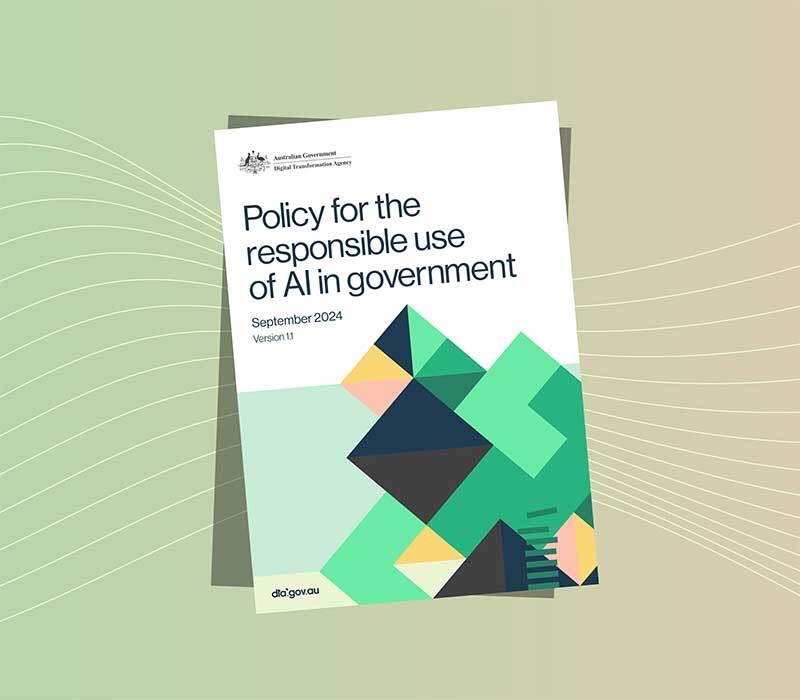-
Generative AI guidance
The interim guidance on government use of public generative AI tools helps agencies and their staff make responsible choices about when and how they use generative AI tools.
The guidance is presently hosted on the Australian Government Architecture.
-
National framework for the assurance of artificial intelligence in government
A joint approach to safe and responsible AI by the Australian, state and territory governments.
The framework is hosted on the Department of Finance website.
-
Australia’s AI Ethics Principles
Australia’s 8 Artificial Intelligence (AI) Ethics Principles are designed to ensure AI is safe, secure and reliable.
The principles inform the Australian Government's exemplar use of AI and are hosted on the Department of Industry, Science and Resources website.
-
Safe and responsible AI in Australia consultation
Discussion paper, public submissions and the government's interim response to its consultation on safe and responsible AI in Australia.
These materials are hosted on the Department of Industry, Science and Resources website.
-
External resources
To support the Australian Government's responsible use of AI, agencies and their staff are encouraged to familiarise with and make use of the below resources.
-
Register for updates
Sign up to the DTA's newsletter to receive updates on all things AI in government.
-
Resources for AI in government
-

Policy for the responsible use of AI in government
A framework to position the Australian Government as an exemplar for safe and responsible use of artificial intelligence.
Connect with the digital community
Share, build or learn digital experience and skills with training and events, and collaborate with peers across government.

